Concrete celebration: exploring brutalism through the lens of Simon Phipps
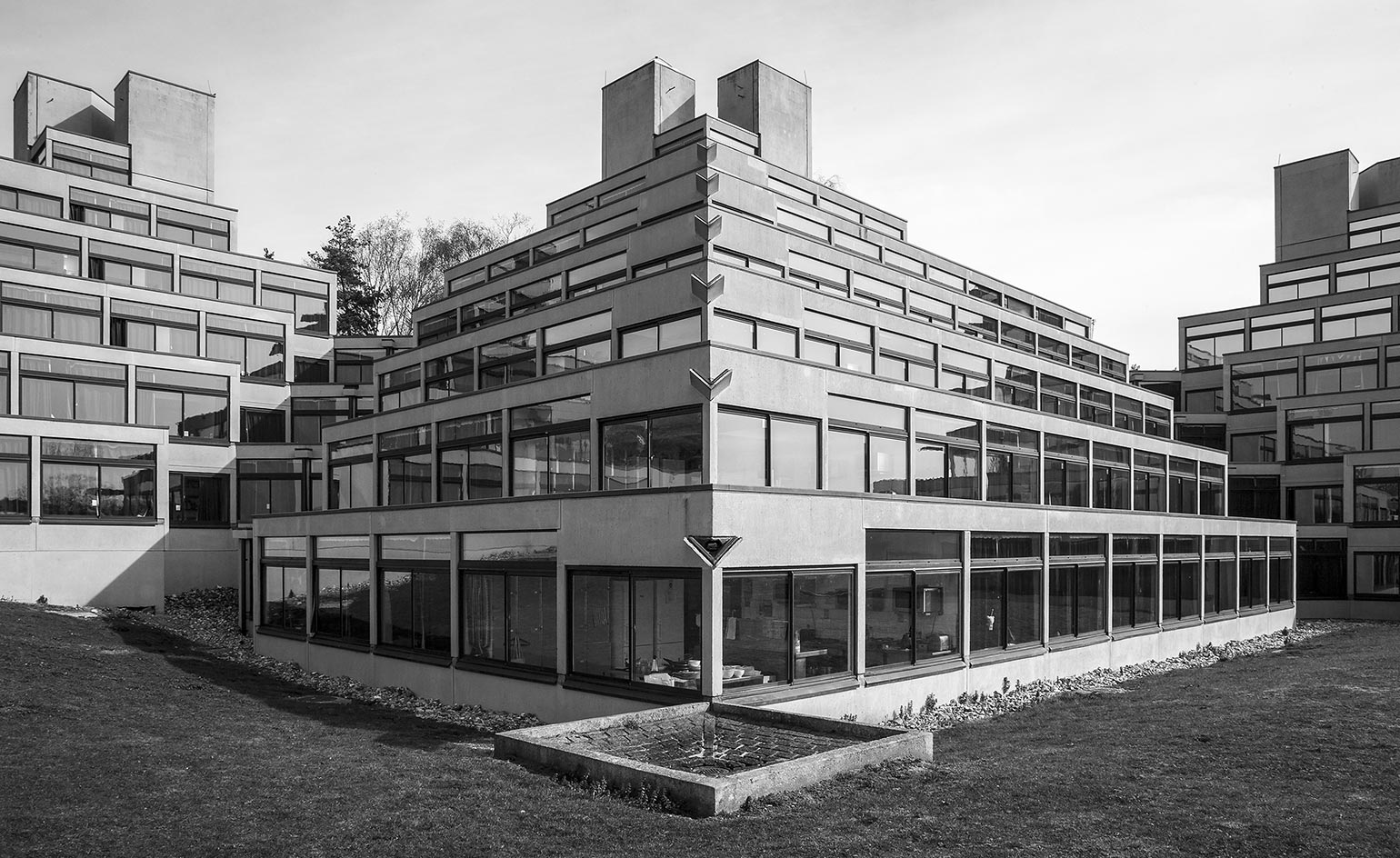
Our admiration for all things concrete is part of our DNA, so when we found out about fine art photographer Simon Phipps’ new book on brutalist architecture, we were rubbing our hands together in glee; and when the book reached our offices, it did not disappoint.
Filled with Phipps’ distinctive photographic compositions, this is a richly produced tome. The photographer spent more than 20 years, documenting brutalist architecture in Britain, creating a hefty archive of about 125 buildings. The book features some 200 takes of those, making for an impressive collection to reference and savour.
Yet if you think that this is all about aesthetics, think again. Phipps, in effect, follows through his lens the rebuilding of Britain after World War II. His numerous photographs of Brutalist masterpieces not only appeal to the eye and refined tastes, but also ‘recognises the architects’ enormous contribution to the transformation of the political and social landscape of the country’ in the aftermath of the war, explain the publishers.
Travelling north and south, east and west, the book includes Phipps’ imagery on dramatic structures, such as the Barbican Estate in London (1965-1976), by architects Chamberlin, Powell and Bon; Trinity Square Car Park in Gateshead (1962-1967), by Rodney Gordon for the Owen Luder Partnership; the Metropolitan Cathedral of Christ the King in Liverpool, by Frederick Gibberd (1962-67); and the Queen Margaret Union at the University of Glasgow, by Walter Underwood & Partners (1968).
Phipps’ Finding Brutalism photographic survey, which was also presented in a namesake exhibition at the Museum in Bellpark, Kriens, Switzerland earlier this autumn, is now available from Park Books.
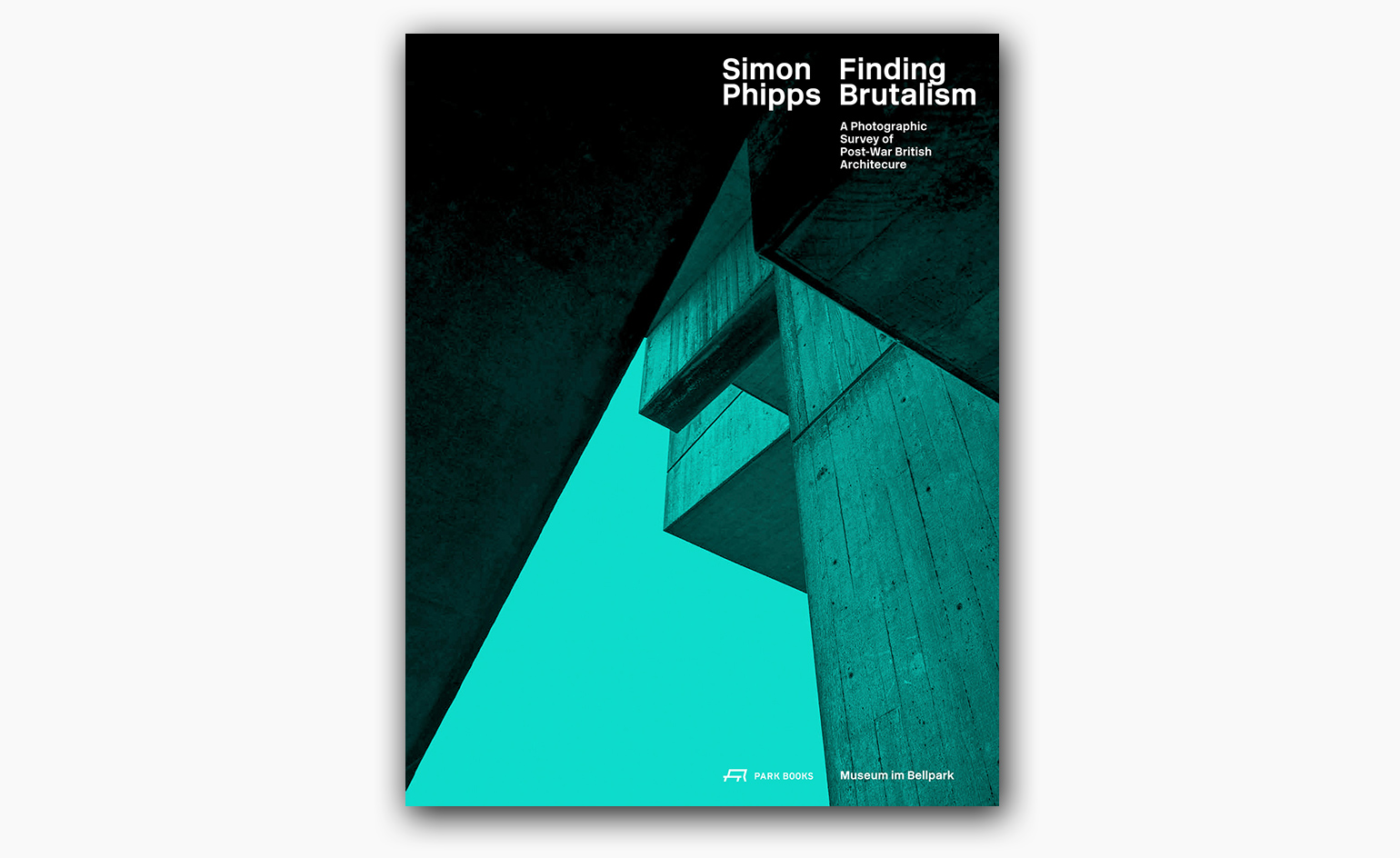
The front cover of Finding Brutalism published by Park Books
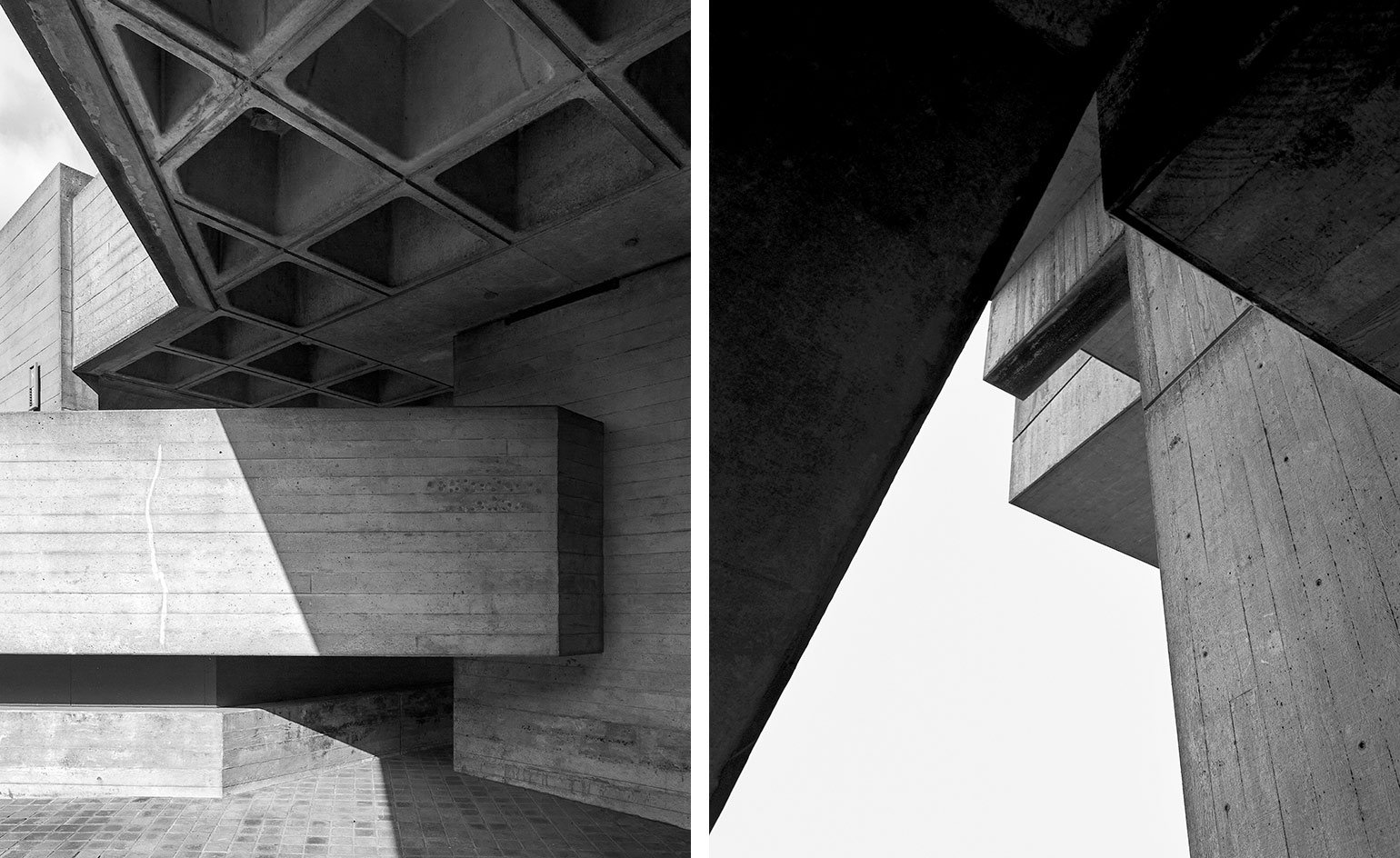
The National Theatre at South Bank, London (1967-76) by Denys Lasdun. Photography: Simon Phipps, Courtesy Museum im Bellpark
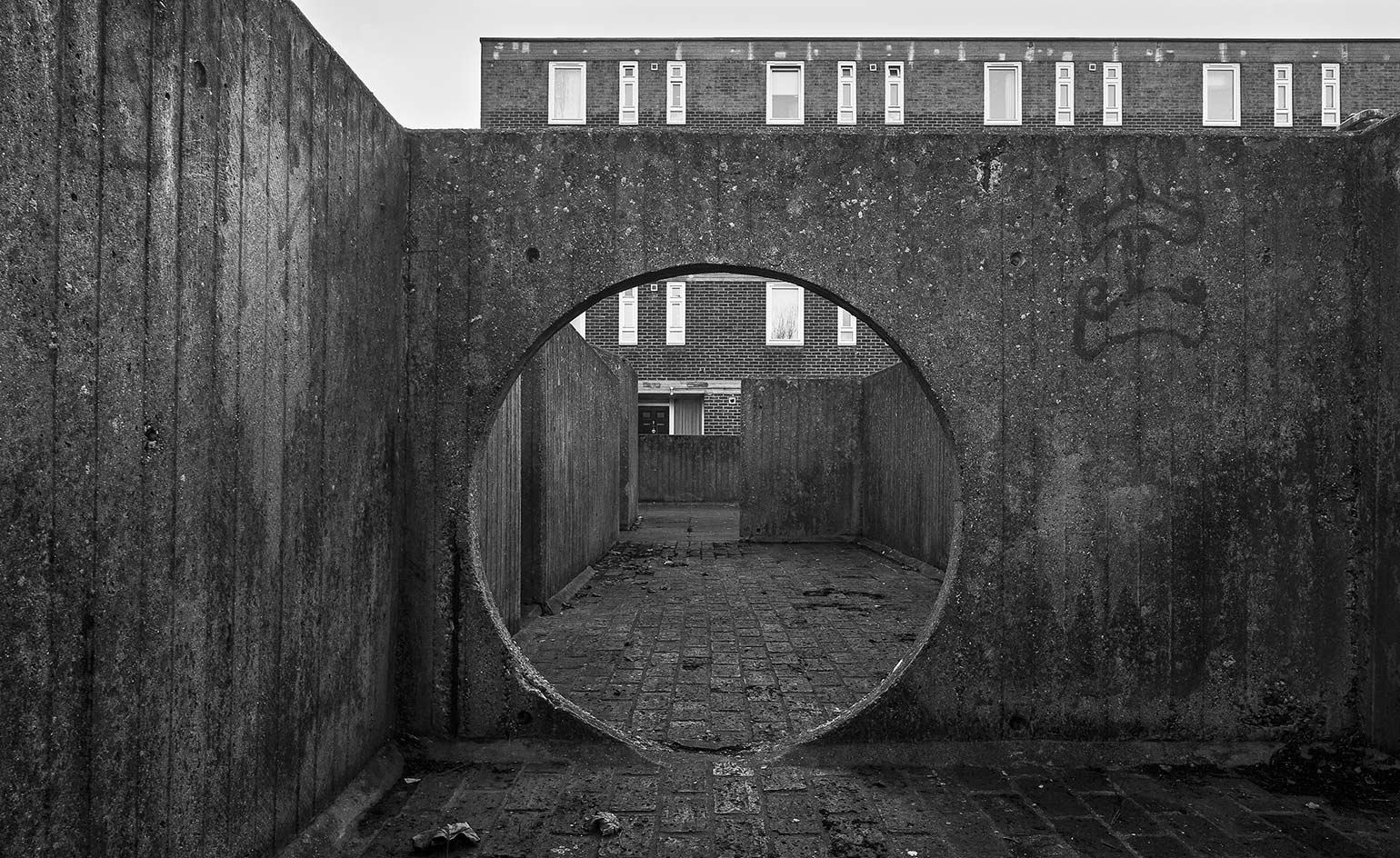
Aintree Estate (1962-1967) by LCC Architects’ Department. Photography: Simon Phipps, Courtesy Museum im Bellpark
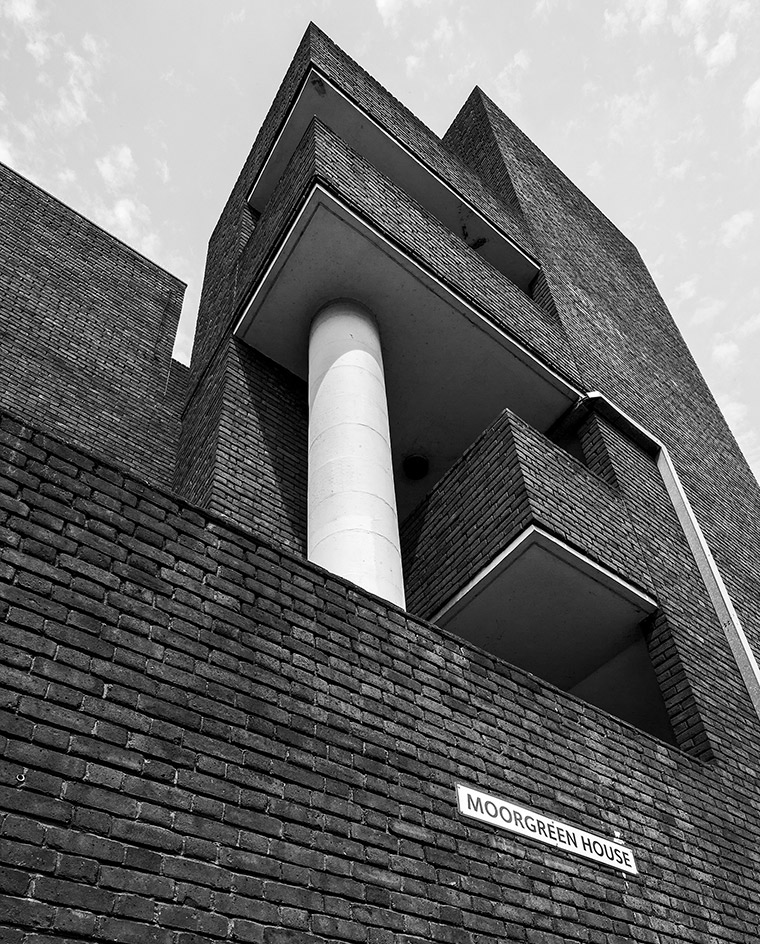
Earlstoke Estate in London (1972–1976) by Renton Howard Wood Levin Partnership for GLC. Photography: Simon Phipps, Courtesy Museum im Bellpark
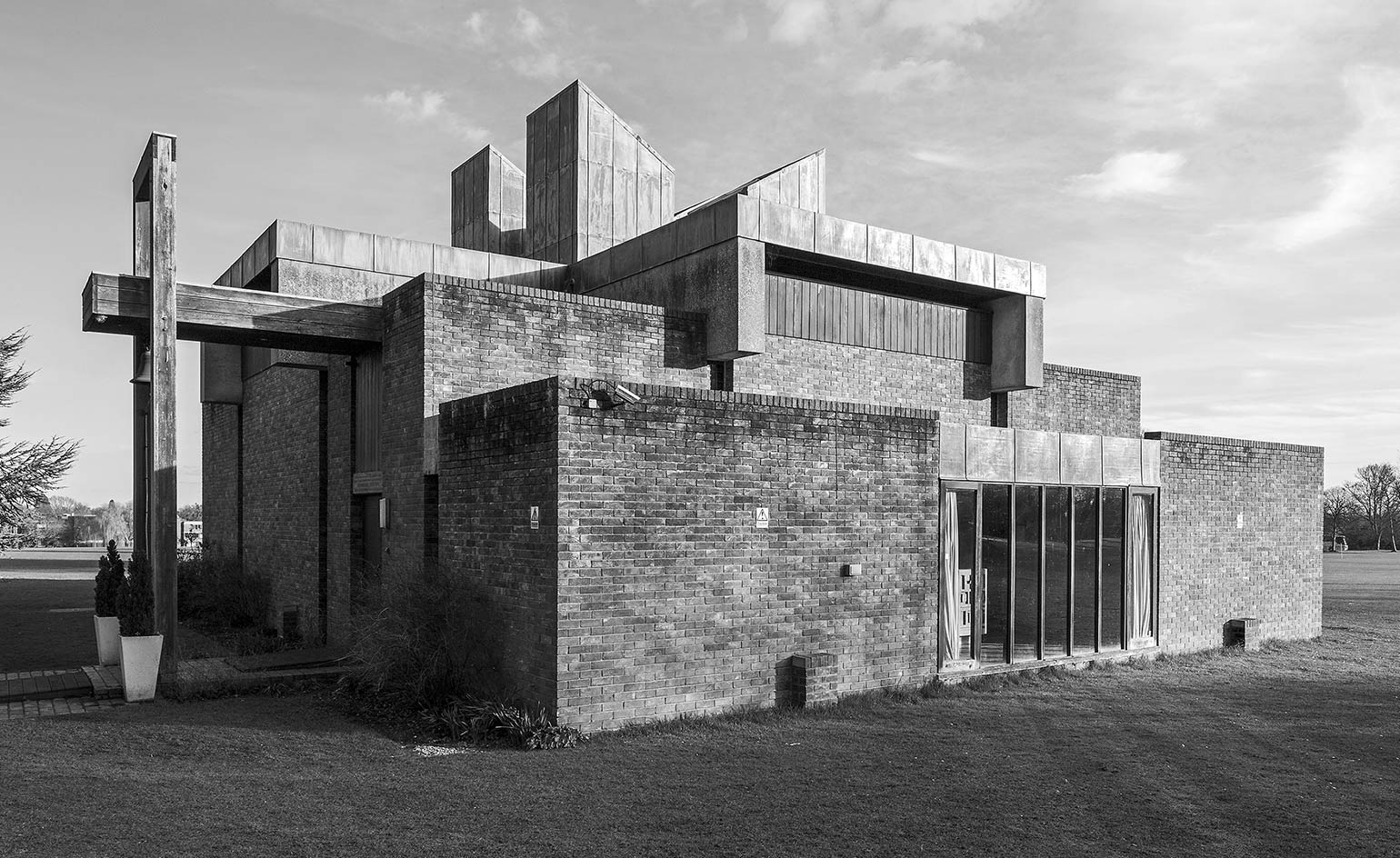
The Chapel at Churchill College in Cambridge (1967) by architects Sheppard Robson. Photography: Simon Phipps, Courtesy Museum im Bellpark
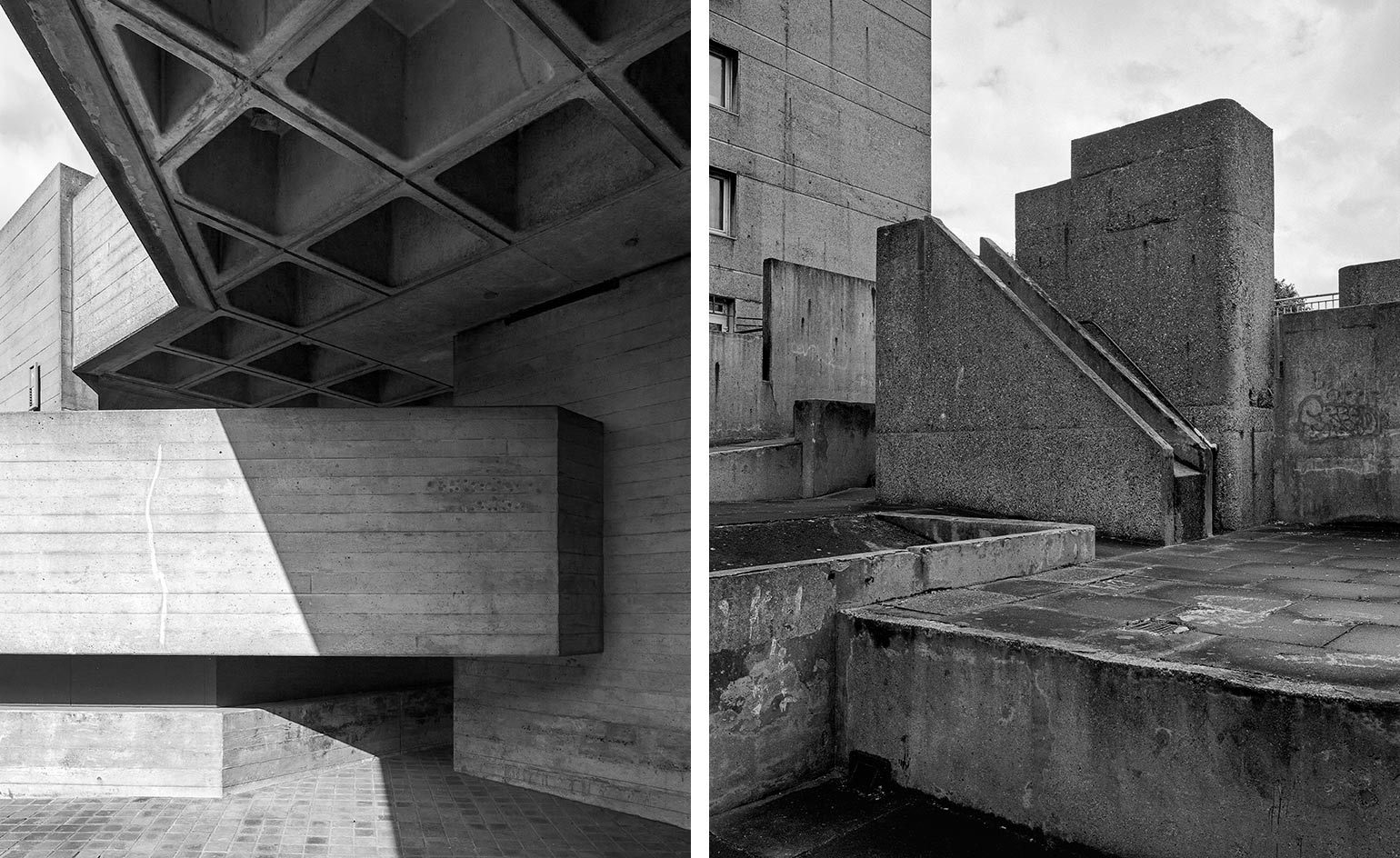
Balfron Tower on the Brownfield Estate in London (1965-1967) by Ernő Goldfinger. Photography: Simon Phipps, Courtesy Museum im Bellpark
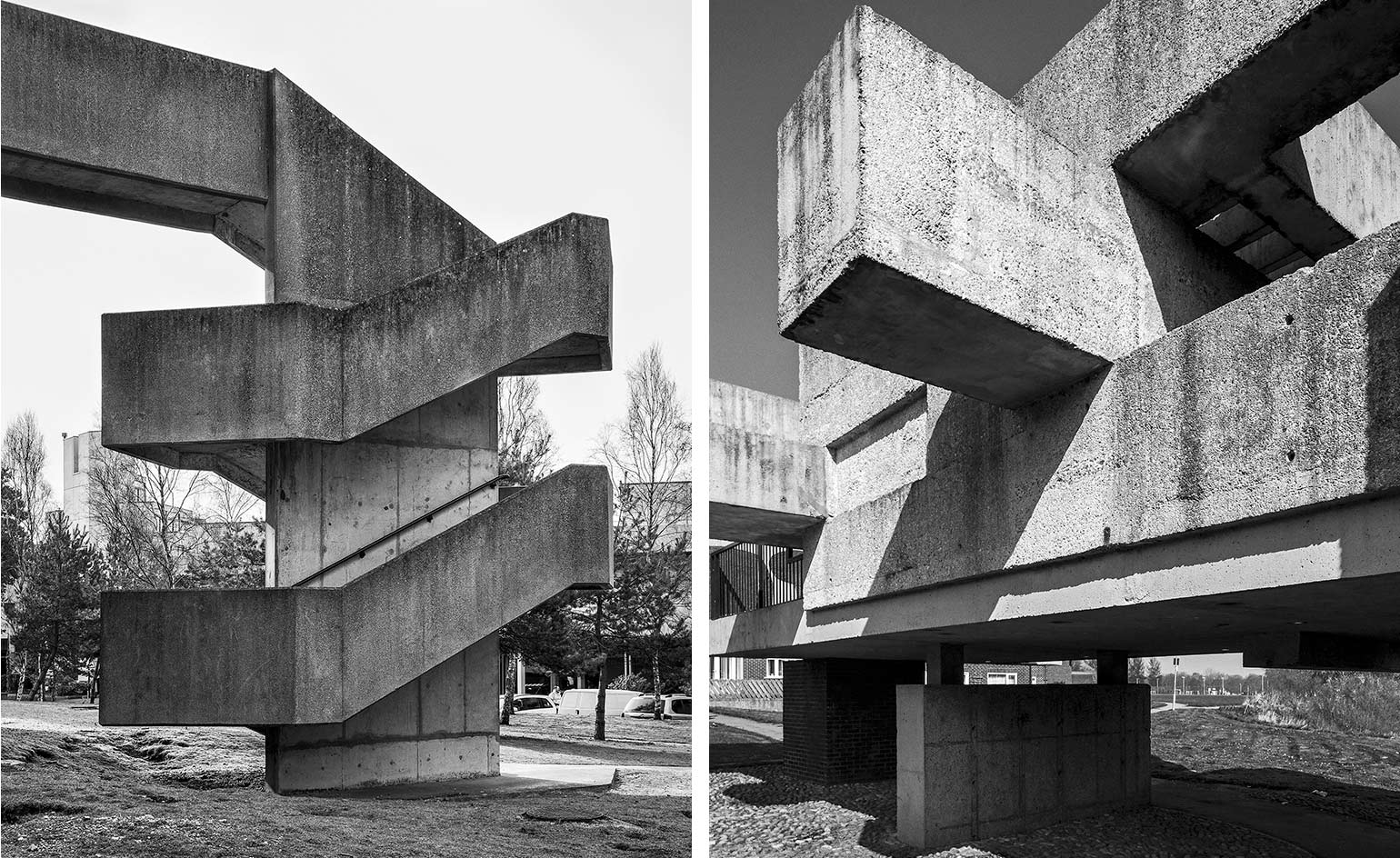
The University of East Anglia in Norwich (1962–68) by Denys Lasdun (lef) and the Apollo Pavillion in Peterlee (1969) by Victor Pasmore (right). Photography: Simon Phipps, Courtesy Museum im Bellpark
INFORMATION
Finding Brutalism: A Photographic Survey of Post-War British Architecture, €38, published by Park Books
Receive our daily digest of inspiration, escapism and design stories from around the world direct to your inbox.
Ellie Stathaki is the Architecture & Environment Director at Wallpaper*. She trained as an architect at the Aristotle University of Thessaloniki in Greece and studied architectural history at the Bartlett in London. Now an established journalist, she has been a member of the Wallpaper* team since 2006, visiting buildings across the globe and interviewing leading architects such as Tadao Ando and Rem Koolhaas. Ellie has also taken part in judging panels, moderated events, curated shows and contributed in books, such as The Contemporary House (Thames & Hudson, 2018), Glenn Sestig Architecture Diary (2020) and House London (2022).
-
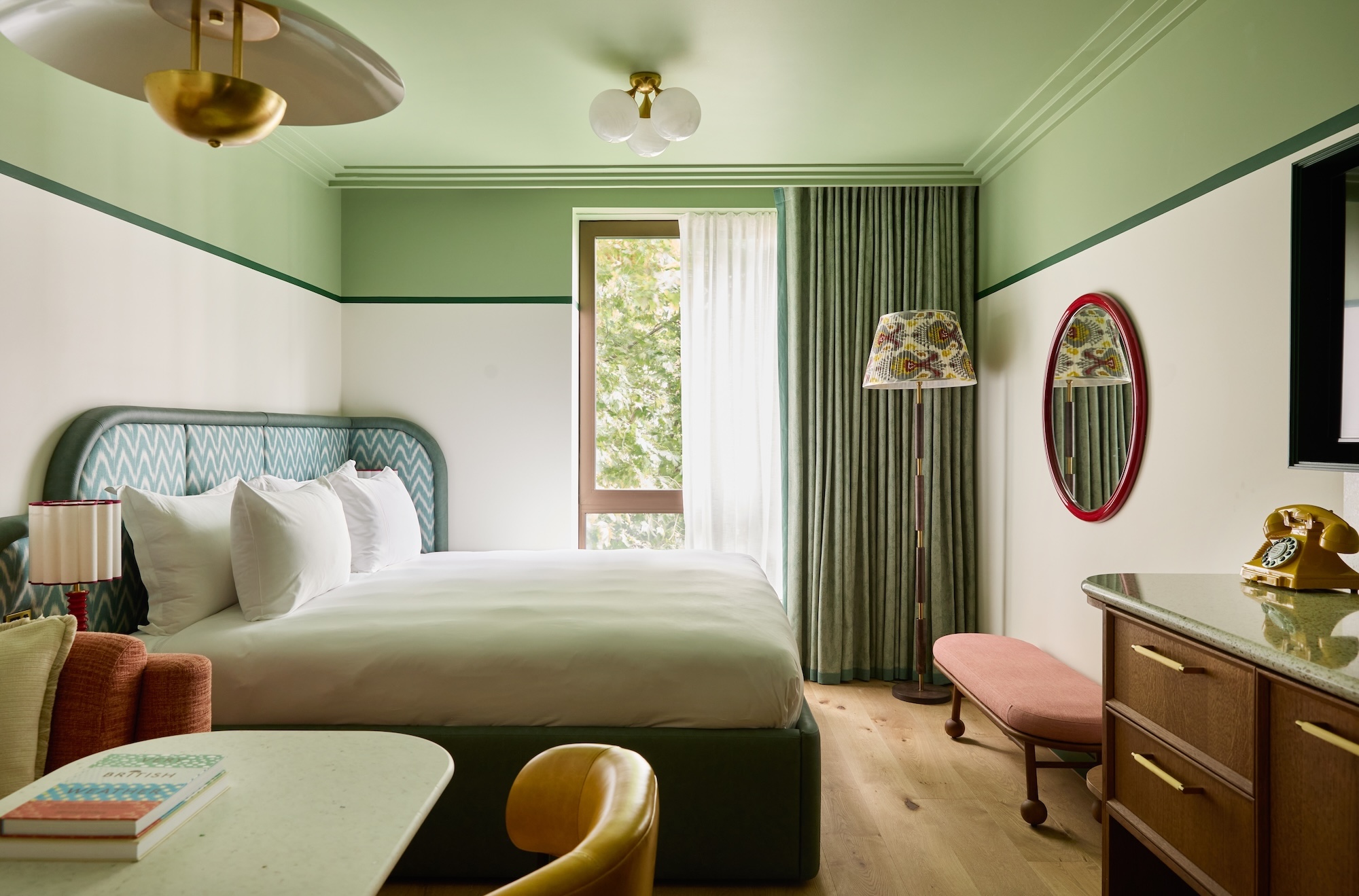 At last: a London hotel that’s great for groups and extended stays
At last: a London hotel that’s great for groups and extended staysThe July London Victoria, a new aparthotel concept just steps away from one of the city's busiest rail stations, is perfect for weekends and long-term visits alike
-
 Three new smartwatches showcase new frontiers in affordable timepiece design
Three new smartwatches showcase new frontiers in affordable timepiece designLong may you run: smartwatches from Withit, Kospet and OnePlus favour function and value above all else, demonstrating just how much the smartwatch has evolved in recent years
-
 Debuts, dandies, Demi Moore: 25 fashion moments that defined 2025 in style
Debuts, dandies, Demi Moore: 25 fashion moments that defined 2025 in style2025 was a watershed year in fashion. As selected by the Wallpaper* style team, here are the 25 moments that defined the zeitgeist
-
 Arbour House is a north London home that lies low but punches high
Arbour House is a north London home that lies low but punches highArbour House by Andrei Saltykov is a low-lying Crouch End home with a striking roof structure that sets it apart
-
 A former agricultural building is transformed into a minimal rural home by Bindloss Dawes
A former agricultural building is transformed into a minimal rural home by Bindloss DawesZero-carbon design meets adaptive re-use in the Tractor Shed, a stripped-back house in a country village by Somerset architects Bindloss Dawes
-
 RIBA House of the Year 2025 is a ‘rare mixture of sensitivity and boldness’
RIBA House of the Year 2025 is a ‘rare mixture of sensitivity and boldness’Topping the list of seven shortlisted homes, Izat Arundell’s Hebridean self-build – named Caochan na Creige – is announced as the RIBA House of the Year 2025
-
 In addition to brutalist buildings, Alison Smithson designed some of the most creative Christmas cards we've seen
In addition to brutalist buildings, Alison Smithson designed some of the most creative Christmas cards we've seenThe architect’s collection of season’s greetings is on show at the Roca London Gallery, just in time for the holidays
-
 In South Wales, a remote coastal farmhouse flaunts its modern revamp, primed for hosting
In South Wales, a remote coastal farmhouse flaunts its modern revamp, primed for hostingA farmhouse perched on the Gower Peninsula, Delfyd Farm reveals its ground-floor refresh by architecture studio Rural Office, which created a cosy home with breathtaking views
-
 A revived public space in Aberdeen is named Scotland’s building of the year
A revived public space in Aberdeen is named Scotland’s building of the yearAberdeen's Union Terrace Gardens by Stallan-Brand Architecture + Design and LDA Design wins the 2025 Andrew Doolan Best Building in Scotland Award
-
 A refreshed 1950s apartment in East London allows for moments of discovery
A refreshed 1950s apartment in East London allows for moments of discoveryWith this 1950s apartment redesign, London-based architects Studio Naama wanted to create a residence which reflects the fun and individual nature of the clients
-
 In this Cotswolds home, drama meets minimalism
In this Cotswolds home, drama meets minimalismCotswolds home Hiaven house, with interiors designed by McLaren Excell, is a perfect blend of contemporary chic and calm, countryside drama